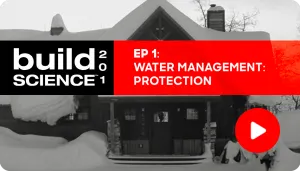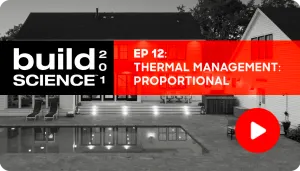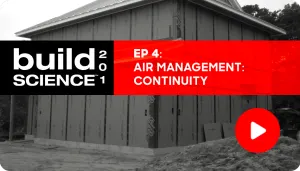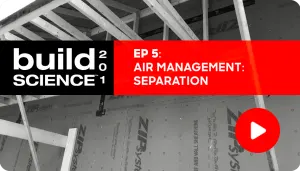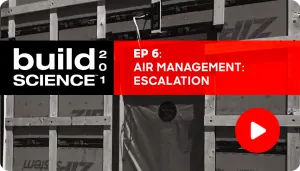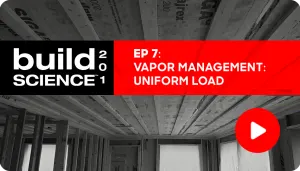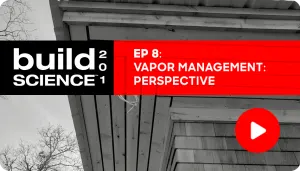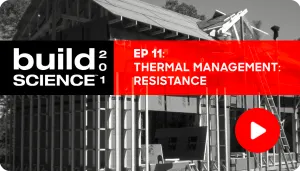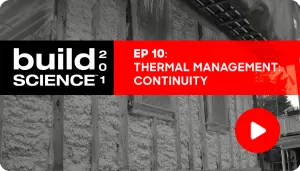Ep. 9 - Vapor Management: Rate
The discussion on vapor management concludes with drying and wetting potential, especially concerning older homes. Matt and Steve highlight the importance of allowing materials to dry out to prevent structural damage, referencing a well-preserved 1915 house in Austin, TX, which exemplifies how effective moisture management and ventilation practices can ensure longevity. While modern homes require insulation for comfort, builders must balance wetting and drying rates to avoid mold growth. They introduce strategies like open joint rain screens and well-designed ventilation systems to manage moisture effectively in contemporary construction.
Emphasizing the need for ventilation, Matt and Steve address how proper air exchange can prevent mold and maintain a healthy indoor environment. Building science best practices include monitoring moisture levels before sealing walls to avoid trapping dampness, which could lead to future issues.
You’ve reached the end of the Vapor Management section of Build Science™ 201, make sure to log in or sign up to complete the Unit Quiz.
After completing the quiz, continue to the Thermal Management section of Build Science™ 201.

 Share on facebook
Share on facebook Tweet
Tweet Email
Email Share on Linkedin
Share on Linkedin




